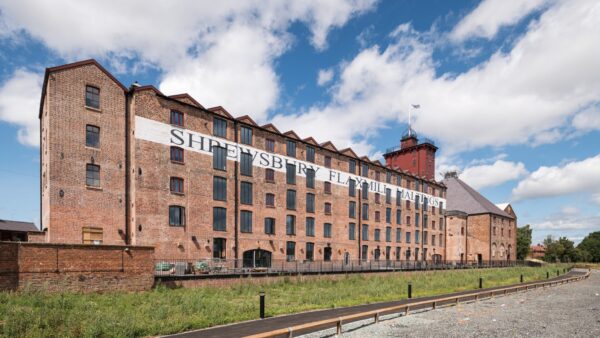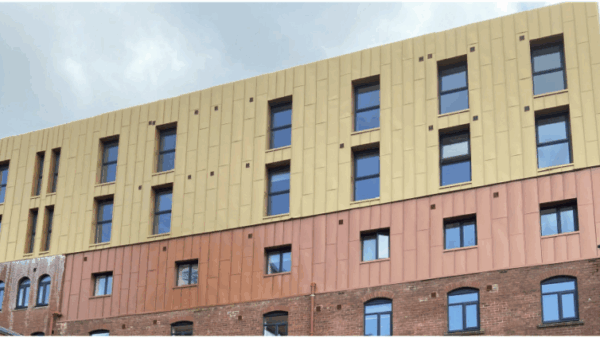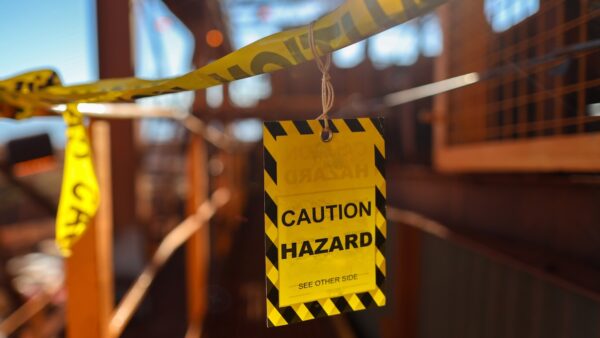
Anjali Pindoria tells Cristina Lago why construction PPE is not only failing females but also men from minoritised ethnic and faith backgrounds.
The launch of #PPEthatfits highlighted the shortage of PPE for female workers in construction. But inadequate PPE provision is not just a gender issue and many men who do not fit the Caucasian men model to which PPE is designed primarily for are also being left out.
“We are making a lot of noise for females but what about all other people who have different requirements because of their ethnic, cultural or religious backgrounds?”, asks Anjali Pindoria, senior projects surveyor at carpentry subcontractor Avi Contracts, who also sits on the CIOB EDI advisory panel and is a London rep for CIOB Tomorrow’s Leaders.
In the carpentry trade, workers must be clean-shaven to wear RPE. RPE masks rely on a good seal against the face to work properly and avoid contaminated air passing through the gaps. Facial hair, including stubble and beards, makes it impossible to get a good seal of the mask to the face.
This, however, can be at odds with some cultural or religious practices. Men of the Sikh faith, for example, are required not to trim their hair or beard as part of their religion. Another article of the Sikh faith (kesh) asks them to keep their hair uncut and wear a turban.
Turban-wearing Sikhs have been exempted from wearing hard hats in construction sites since the introduction of the Employment Act 1989. This exception was extended to all workplaces in 2015, a move welcomed by the Sikh Council UK.
‘Many additional factors’
Although there are alternative forms of RPE available for people with facial hair, they are expensive, heavy and require big storage boxes, says Pindoria: “In addition to the mandatory five-point PPE [hard hat, high-vis vest; steel toe capped boots; gloves; and safety goggles], operatives would be required to adjust to wearing additional RPE.
“There are also many additional factors such as site logistics that need to be addressed so that appropriate RPE can be practical. I strongly believe industry-wide education and discussions on-site logistics on storage especially need to take place.”
Given the current economic climate, companies across the industry are being more mindful of costs, PPE included. Whilst most of the trade operatives are self-employed, PPE provisions are often compromised, adds Pindoria. This, in turn, widens the gap in PPE provision between main contractors and self-employed workers.
About #PPEthatfits
CIOB launched the #PPEthatfits campaign in July to raise awareness around the lack of inclusive PPE in construction. It encourages contractors and suppliers to provide PPE that is suitable for every worker and addresses gender, religious, medical and cultural requirements.
To get involved, email [email protected] or post your support on social media using the hashtag #PPEthatfits.
“A lot of the industry’s workforce is self-employed. They move around all the time. Many, including agency workers and those who roll on a regular basis, tend to buy the cheapest PPE available. The industry could look to set up initiatives where it provides grants back or contributions to smaller companies to assist in the current economic climate to purchase the PPE.”
Pindoria says that the lack of RPE masks for workers with beards is not only problematic for health and safety but also from an inclusion point of view: some of the people who grow a beard, such as Sikhs, do it for religious or cultural reasons and might get bullied for it.
“Imagine the psychological effects that then start creeping on people,” she says. “We talk a lot about mental health in construction but imagine anyone wanting to keep a beard, they may feel their place in an organisation is compromised if additional PPE needs to be sourced. Some people don’t understand it is a religious or cultural thing.”
Improving PPE knowledge
Pindoria believes that interactive resources, such as QR codes on site hoardings, could be useful to improve PPE knowledge among the self-employed workforce. Additionally, she says that more R&D investment needs to go into the development of PPE that is compliant for people with different features, including those with beards but also workers with Afro-textured hair or people who have medical conditions such as eczema.
All of these, she concludes, will be particularly important if the industry wants to attract younger and more diverse talent to address its severe skills gap.
“We can’t afford the younger generation to be put off coming into the sector. When I speak to young students, they say their beard is a part of their identity and personality. It would take a lot for them to remove it and it would put them off entering our sector.”
“The voice of minority groups needs to be heard around the table, including those from the supply chain and smaller businesses that make up for 90%+ of our sector. We need to think about how we are going to reach these communities who aren’t involved in the conversation or know they are happening. We must reach out to the other voices beyond the CIOB members.”











